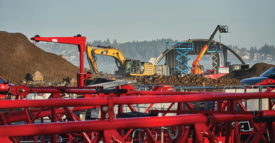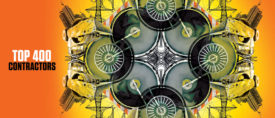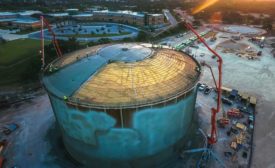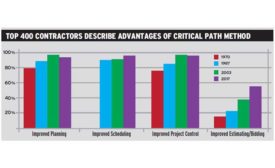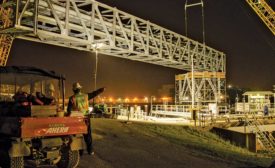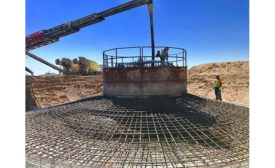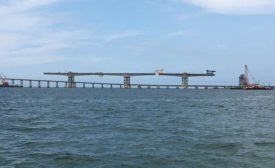Home » Keywords: » ENR Top 400 Contractors
Items Tagged with 'ENR Top 400 Contractors'
ARTICLES
Contractor revenue grows despite rising costs as firms say owner confidence waning in an increasingly cloudy market.
Read More
The Construction Marketplace
ENR 2018 Top 400 Contractors: The Market Keeps on Rolling
See which companies made it to the top
Read More
Top 400 Sourcebook
Manufacturing's Quest for Project Efficiency
Clients desire prefabrication and even design management
Read More
Top 400 Sourcebook
Water Market Push Focus on More Reuse
Supply challenges have utilities looking to conservation
Read More
Top 400 Sourcebook
Hurricane May Delay Some Petroleum Project Starts Until 2018
Volume of petroleum deliveries grows, capital markets strong
Read More
Top 400 Sourcebook
Technology Cuts Costs For Solar, Wind Projects
Renewables expected to take lion’s share of generation
Read More
Top 400 Sourcebook
For Transportation Projects, 'Virtual' Opportunities and Real-Life Challenges
Firms look to technology to address talent, efficiency issues
Read More
The latest news and information
#1 Source for Construction News, Data, Rankings, Analysis, and Commentary
JOIN ENR UNLIMITEDCopyright ©2024. All Rights Reserved BNP Media.
Design, CMS, Hosting & Web Development :: ePublishing
